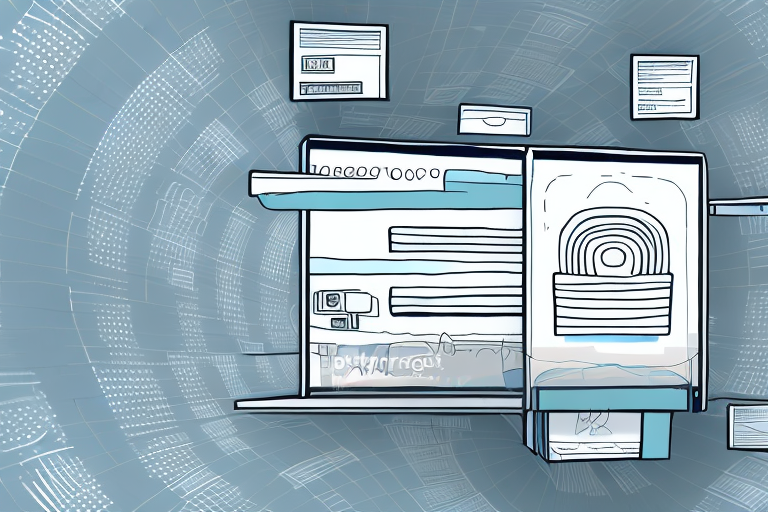Understanding Arrival Scans: Key to Efficient Shipping and Package Tracking
In the dynamic world of shipping and logistics, arrival scans play a pivotal role in ensuring that packages reach their destinations efficiently and securely. Whether you're an e-commerce business or an individual sending a parcel, comprehending the significance of arrival scans can enhance your shipping experience. This article explores the meaning of arrival scans, their importance, the technologies involved, and future trends shaping the shipping industry.
The Importance of Arrival Scans in the Shipping Industry
Arrival scans are fundamental to package tracking systems, providing real-time updates on the status and location of shipments. An arrival scan occurs when a package is scanned upon reaching a specific location, such as a distribution center or sorting facility. This process records critical details like the date, time, and location of the package, which are then communicated to both the sender and the recipient.
Beyond basic tracking, arrival scans enhance package security and operational efficiency. By monitoring packages at each transit point, shipping companies can identify and address issues like delays, damage, or tampering promptly. According to a 2023 industry report by the Air Carrier Association, the implementation of advanced scanning technologies has reduced package misrouting by 15% over the past year.
How Arrival Scans Enhance Package Tracking
For frequent shippers, arrival scans offer invaluable insights into the movement of their packages. These scans are typically part of a series of tracking updates, including departure scans, transit updates, and delivery confirmations. By leveraging this information, both senders and receivers can:
- Monitor the real-time status of their shipments
- Estimate delivery times more accurately
- Identify and resolve transit issues promptly
- Optimize delivery schedules and routes
While arrival scans greatly improve tracking accuracy, it's essential to recognize that they may occasionally experience delays or inaccuracies. Maintaining communication with the shipping provider can help mitigate these issues and ensure successful package delivery.
Technologies Powering Arrival Scans
Several cutting-edge technologies facilitate the efficiency and reliability of arrival scans:
Barcode Scanners
Barcode scanning remains the most prevalent method for arrival scans. Each package is assigned a unique barcode, which is scanned at various checkpoints to update its status. This method is cost-effective and widely adopted across the industry.
Radio Frequency Identification (RFID)
RFID technology uses radio waves to identify and track packages without the need for direct line-of-sight scanning. RFID tags provide real-time location data and are particularly useful in large distribution centers where manual scanning may be impractical.
Global Positioning System (GPS) Tracking
GPS tracking offers precise location information, enabling shipping companies to monitor packages throughout their journey. Integrating GPS with arrival scans enhances the accuracy of delivery estimates and helps in managing logistics more effectively.
Computer Vision and Artificial Intelligence
Innovative technologies like computer vision and AI are revolutionizing arrival scans. By utilizing cameras and machine learning algorithms, these systems can automatically recognize and track packages, reducing the need for manual intervention and minimizing errors.
According to a McKinsey report on AI in logistics, the adoption of AI-driven scanning technologies has the potential to increase operational efficiency by up to 20%.
Ensuring Package Security and Safety with Arrival Scans
Arrival scans are integral to maintaining the security and integrity of packages during transit. By continuously monitoring packages at each checkpoint, shipping companies can:
- Detect and prevent theft or tampering
- Identify damage early and initiate claims processes
- Ensure compliance with shipping regulations and standards
For instance, if a package shows signs of damage upon arrival at a sorting facility, immediate action can be taken to address the issue, ensuring that the recipient receives their package in optimal condition.
Interpreting Arrival Scans: A Practical Guide
Understanding arrival scans is straightforward once you're familiar with the tracking system employed by your shipping provider. Here's how to interpret the information:
- Date and Time: Indicates when the package arrived at the checkpoint.
- Location: Shows the specific facility or hub where the scan occurred.
- Package Details: May include weight, dimensions, and any noted damages.
Accessing this information is typically done through the shipping company's online portal or mobile app, providing convenient updates straight to your device.
Future Trends: Predictive Analytics and Machine Learning
The future of arrival scans lies in the integration of predictive analytics and machine learning. These technologies analyze vast amounts of scan data to identify patterns and predict potential disruptions in the shipping process. By anticipating delays or bottlenecks, shipping companies can proactively adjust routes and schedules to maintain efficiency.
Moreover, machine learning algorithms can enhance the accuracy of arrival scans by continuously improving recognition and tracking capabilities, leading to more reliable package delivery systems.
Best Practices for Leveraging Arrival Scan Data
Businesses can maximize the benefits of arrival scan data by implementing the following best practices:
- Data Analysis: Regularly analyze scan data to identify trends and improve logistics strategies.
- Integration with Supply Chain Management: Use arrival scan data to streamline supply chain operations and reduce costs.
- Collaboration with Shipping Partners: Work closely with shipping providers to optimize tracking and delivery processes.
- Invest in Advanced Technologies: Adopt the latest scanning and tracking technologies to stay ahead in the competitive shipping landscape.
Implementing these practices can lead to significant improvements in shipment accuracy, delivery times, and overall customer satisfaction.
Conclusion
Arrival scans are a cornerstone of modern shipping and logistics, providing essential information that ensures packages are tracked accurately and delivered securely. By understanding and utilizing arrival scans effectively, both businesses and individuals can enhance their shipping strategies, reduce errors, and improve the overall delivery experience. As technology continues to evolve, the role of arrival scans will only become more integral to the efficiency and reliability of global shipping networks.





















